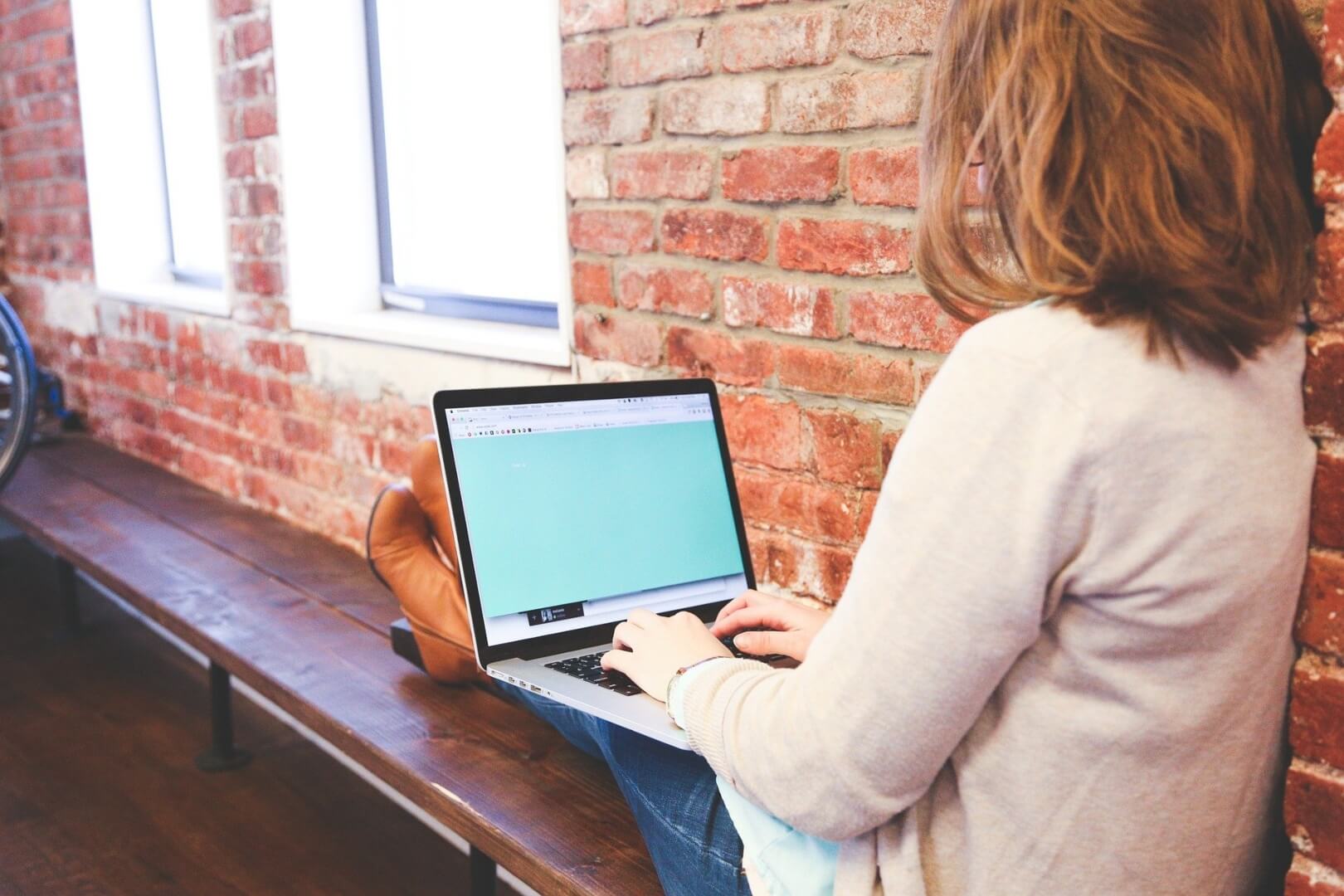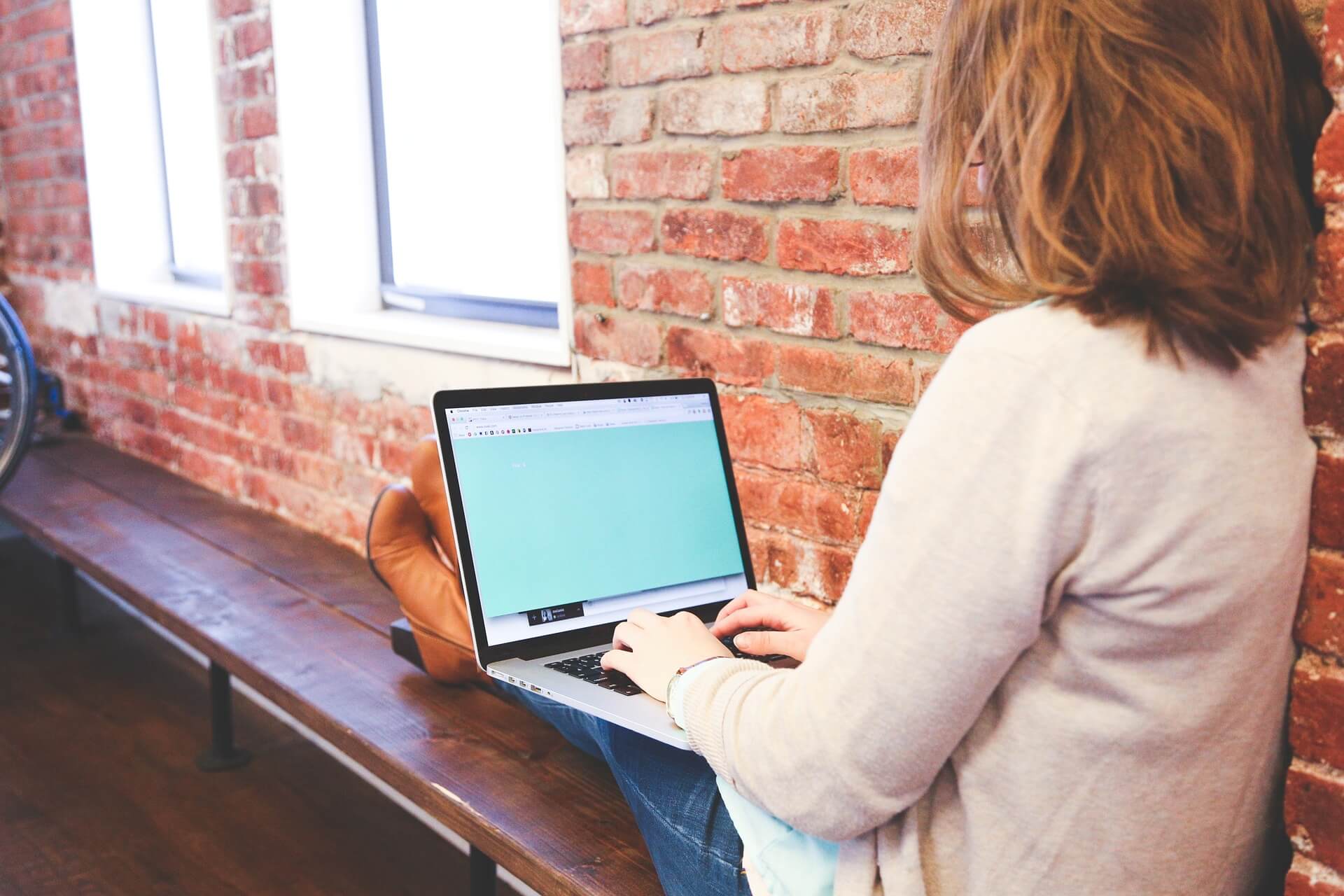During the pandemic, amidst social distancing and high levels of anxiety, companies tried to create a more safe and more comfortable office design for their employees. But how do things fare now that the restrictions are over and people are free to gather around the water cooler again?
Should the designs return to what it was, or did the pandemic change the way we see the workspace for good? To get the answer, let’s look at some of the most common post-pandemic trends in office design.
1. No More Offices that Promote Work as a Lifestyle
Google and other tech giants became notorious for their lavish offices that offered anything an employee may need. From free food at the corporate canteen to game rooms where you could relax with your co workers, these workspaces seemed to be the dream. Of, and yes, there were nap rooms!
However, due to lockdowns and mandatory work from home, people started to notice that you can do all of that and more from the comfort of your own home. True, you may not have a ping pong table in the living room, but you can take a walk outside or play in the park whenever you want. Plus, you don’t have to play with your co workers – at home, you have family and friends, and you get to spend more time with them.
So, one major change in design offices is that companies need to focus more on creating home-like environments that allow for a hybrid work lifestyle that supports work-life balance.
2. Ask Specialists How to Design or Redesign Your Office
In an effort to convince people to return to the office, at least part-time, companies everywhere started working with experts in office design development. As a result, more workspaces take into consideration the needs of modern employees and focus on creating designs that inspire and motivate.
For instance, knowledge workers may find it more relaxing to work from an office that’s designed to encourage creativity, learning, and collaboration. However, unless you work with a professional designer, you may not realize that your team members need a place where they feel nurtured and understood.
So, whether you’re looking to design a new office or redesign your current one, it’s best to work with a professional. Otherwise, you risk investing in a redesign that won’t make people want to leave their comfortable homes.
3. Create a Strong Office Culture
Your office design also dictates what happens within its walls. For instance, if there is a designated space where people can meet and talk without disturbing their colleagues, you’ll notice your team is getting more cohesive and better connected.
On the other hand, if you have the tools and spaces that allow hybrid teams to meet and discuss projects, there will be better integration of remote workers. Plus, more people will partake in the hybrid work lifestyle because it offers a certain degree of flexibility.
The modern office space needs to be versatile and easy to use for people to want to return. It should also encourage collaboration, safe social interactions, and friendly connections. Human interaction and overall office culture are one of the elements that most workers who want to return to an office space miss, and your design should focus on this.
Wrap Up
Modern employees are learning from each experience, and the pandemic opened their eyes to the type of office culture and designs they had to endure for years. Still, working from home may not always be the blessing many think it is. Therefore, by creating better office designs, companies have a good chance of convincing their people that the office space is the best for work endeavors.
































